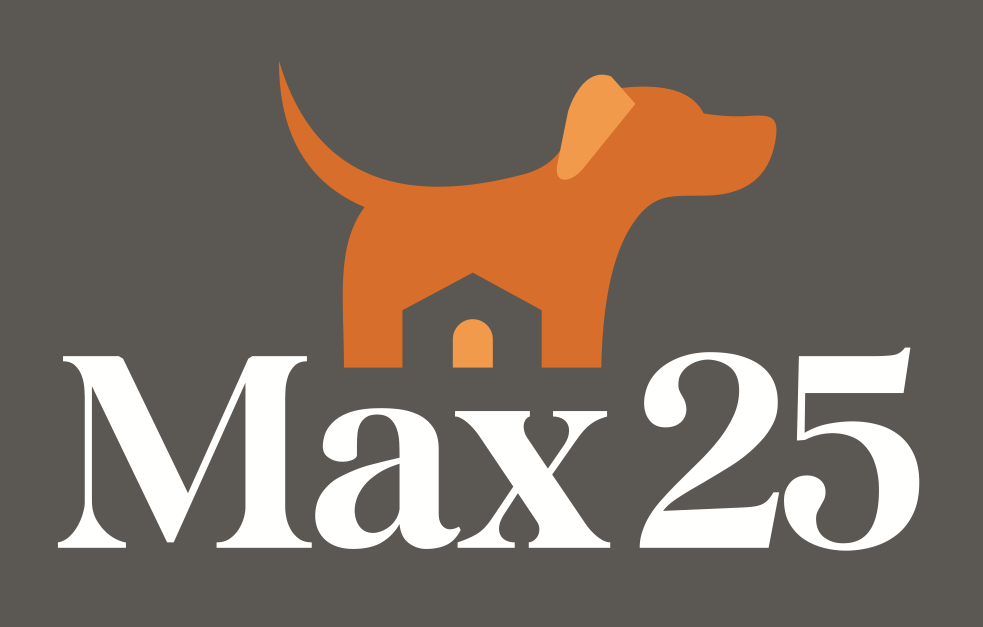Are you planning on selling your house or flat in the UK? Once you’ve accepted an offer and instructed your conveyancer, it’s crucial to ensure the process runs as smoothly as possible. Here’s a list of essential documents you need to have ready:
1. Proof of ID, Address, and Funds
You must pass Anti-Money Laundering (AML) regulations for your estate agent to advertise your property and for your solicitor to work on your transaction. To comply with AML regulations, you must provide proof of identity and address. Acceptable forms include a valid passport or driving licence, a recent bank statement, or a utility bill issued within the last three months.
2. HMLR Land Registry Title Deeds
To sell your property, you must provide evidence of ownership, such as a property register or title deeds. The Land Registry maintains these records, and you can obtain an official copy from their website or request a physical copy by mail. If you’ve lost the title deeds, your solicitor can guide you through the process of obtaining replacements.
3. Planning Permissions
If you’ve made alterations or extensions to your property, ensure you have obtained the necessary planning permissions. These approvals from the local planning authority are crucial for compliance with local regulations. Failure to provide these can delay the sale process. Consult your local planning authority for the relevant documentation.
4. Building Regulation Certificates
These certificates confirm compliance with building regulations for significant alterations or extensions. Issued by the local authority or an approved inspector, they provide evidence that the construction meets safety, accessibility, and energy efficiency standards. Retain these certificates and provide them to potential buyers.
5. Guarantees and Warranties
If you’ve made significant renovations, provide relevant guarantees and warranties to potential buyers. These documents, such as for roofing, damp proofing, and central heating systems, demonstrate the quality of the work and offer assurances regarding its longevity.
6. FENSA Certificate
When replacing windows or doors, obtain a FENSA certificate from a registered installer. This certificate proves compliance with building regulations and energy efficiency standards.
7. Leasehold Documents (if applicable)
For leasehold properties, gather key documents such as the lease extension documentation, lease details, and the leasehold information pack. This includes information on service charges, ground rent, planned works, and more. Inform your conveyancer early to avoid delays.
8. New Build Warranties
For new builds or properties under 10 years old, provide a copy of your Buildmark (NHBC) or other new home policy/warranty documents. These offer protection against structural defects and other issues, enhancing the marketability of your property.
9. Mortgage Statement
If you have an outstanding mortgage, obtain a mortgage statement from your provider. This document outlines the balance, payment schedule, and other relevant details. It ensures that the buyer’s conveyancers can clear the mortgage and leave the property charge-free at completion.
10. Other Upfront Material Information
Provide any material facts that might impact the buyer’s decision, such as flooding history or non-standard construction. Include any Part Wall Agreements, restrictive covenants, and non-optional financial commitments like council tax and leasehold charges.
By providing these documents and information upfront, you can reduce the risk of delays, additional costs, and potential buyers pulling out. Ensure you work closely with your conveyancer to facilitate a smooth and successful sale.


